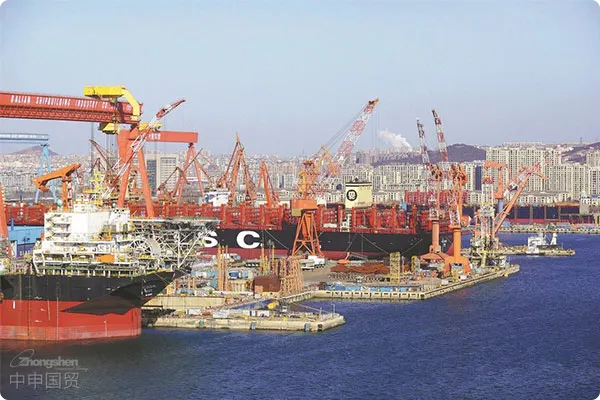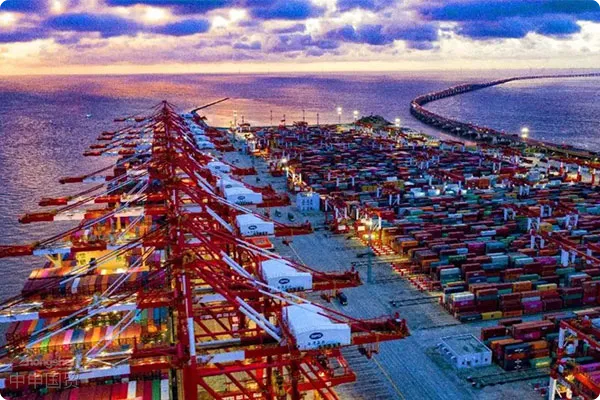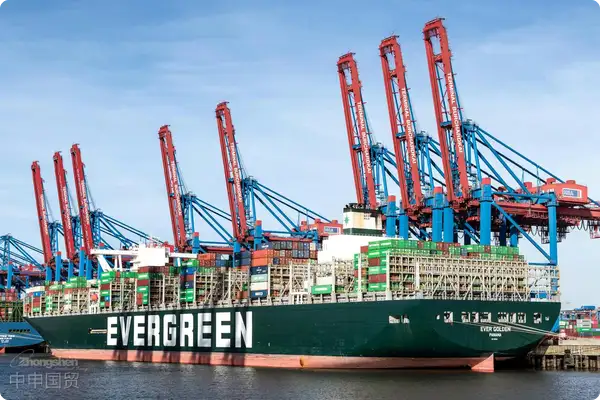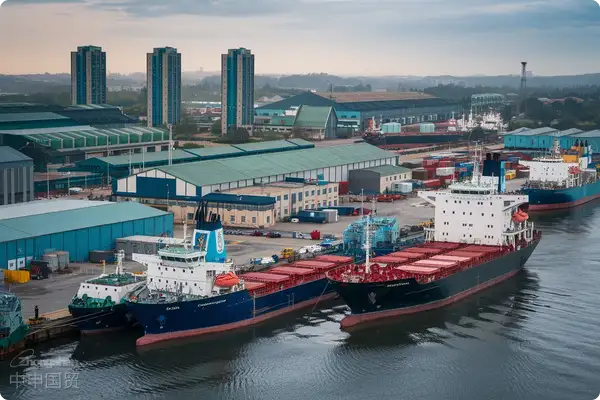- Shanghai Zhongshen International Trade Co., Ltd. - Two decades of trade agency expertise.
- Service Hotline: 139 1787 2118

2025 electronicsequipment. For example, Indonesia has the SNI certification, Thailand has the TISI certification, and the Philippines has the BPS certification. It is necessary to confirm in advance the equipment voltage (such as 380V/50Hz in Thailand), the compatibility of the CE certification, and the proof of environmentally friendly materials.New market trends
According to the latest data from the General Administration of Customs, consumer electronics imports surged 23.7% year-on-year in Q1 2025, with smart wearable device imports growing 41.2% compared to the same period last year. Under trade facilitation policies, average customs clearance time for imported electronic equipment has been reduced to 8.7 hours, but declaration error rates remain high at 12.6%.
三大申報(bào)”雷區(qū)”實(shí)戰(zhàn)解析
Minefield 1: The fog of commodity classification
- Smartwatch declaration disputes:
- Classification 9013 (watches) vs 8517 (communication devices) carries a 7.3% tariff difference
- One company paid 370,000 yuan in back taxes and late fees due to misclassification
- Modular equipment split declarations:
- Core control modules must be separately declared under HS 8537.10
- Complete vs. parts combination declarations carry 15.6% compliance risk
Minefield 2: Certification requirement changes
- 2025 edition3CNew additions to certification catalog:
- Mandatory certification scope for brain-computer interface devices
- Market access requirements for quantum encryption communication terminals
- A European manufacturer had entire containers returned for failing to update energy efficiency labels
Minefield 3: Tariff calculation traps
- RCEP rules of origin application:
- ASEAN regional value content must reach 52%
- Application of regional accumulation rules for Korean-made chips
- One company lost 890,000 yuan in tariff benefits due to miscalculating accumulation components
Professional agency service selection criteria
Core competency matrix evaluation:
- System docking capabilities:
- Single Window system direct declaration
- HS code intelligent matching system
- Risk early-warning mechanism:
- Real-time monitoring of customs classification rulings
- Automatic alerts for certification catalog changes
- Case database:
- Stores over 3,000 electronic equipment declaration cases
- Provides pre-classification advisory reports
End-to-end agency service solutions
Phased service framework:
- Pre - preparation Stage:
- Product technical parameter pre-review (including chip model verification)
- Market access compliance diagnosis
- Declaration implementation phase:
- Intelligent generation of declaration element templates
- Electronic pre-review of supporting documents
- Post-management phase:
- Early warning for abnormal tax payments
- Customs audit response support
Review of typical service cases
Case 1:A smart home importer mistakenly classified environmental sensors under HS code 8531. After reclassification by the agency to 8543, the batch saved RMB 124,000 in tariffs and avoided administrative penalties for classification errors.
Case 2:During pre-review, the agency found the clients quantum routers lacked information security certification. They promptly assisted in completing the CCRC certification application, preventing goods worth RMB 5.6 million from being detained at the port.
In electronic equipment imports, professional agency services have evolved from simple intermediaries to trade compliance partners. Choosing agencies with technical analysis capabilities, regulatory tracking systems, and contingency plans has become key for import risk control and clearance efficiency.
Related Recommendations
? 2025. All Rights Reserved. Shanghai ICP No. 2023007705-2  PSB Record: Shanghai No.31011502009912
PSB Record: Shanghai No.31011502009912










